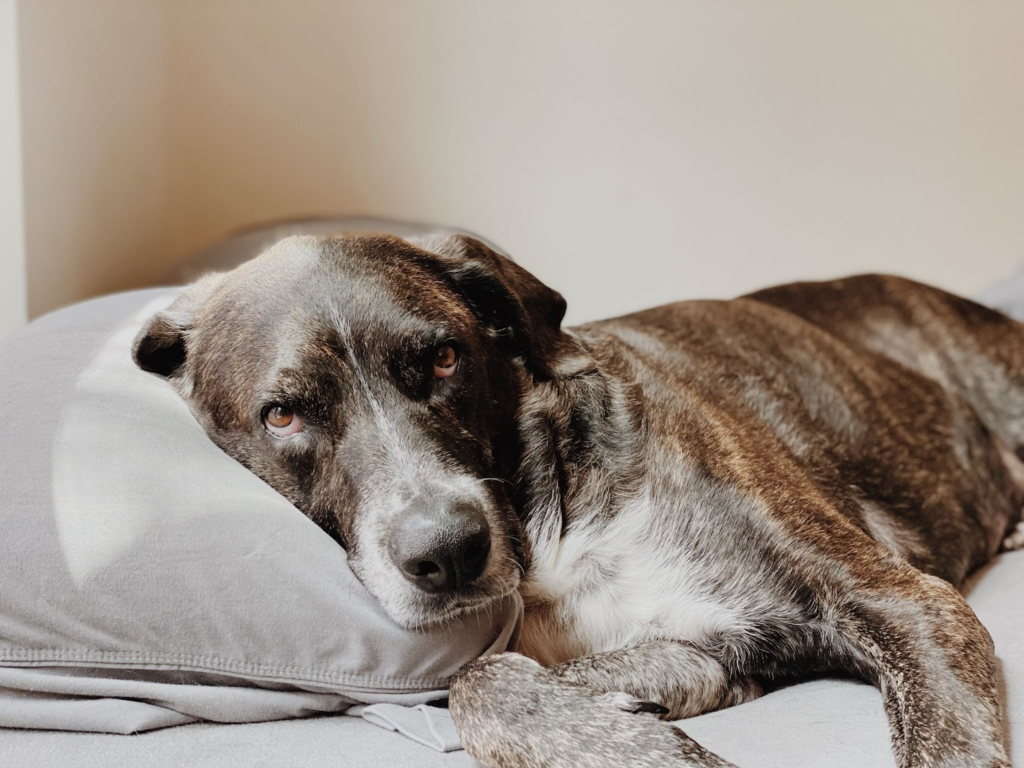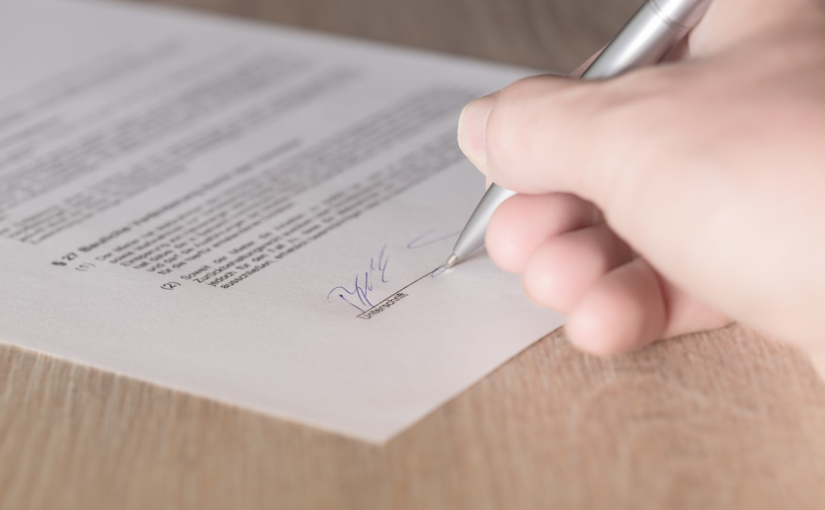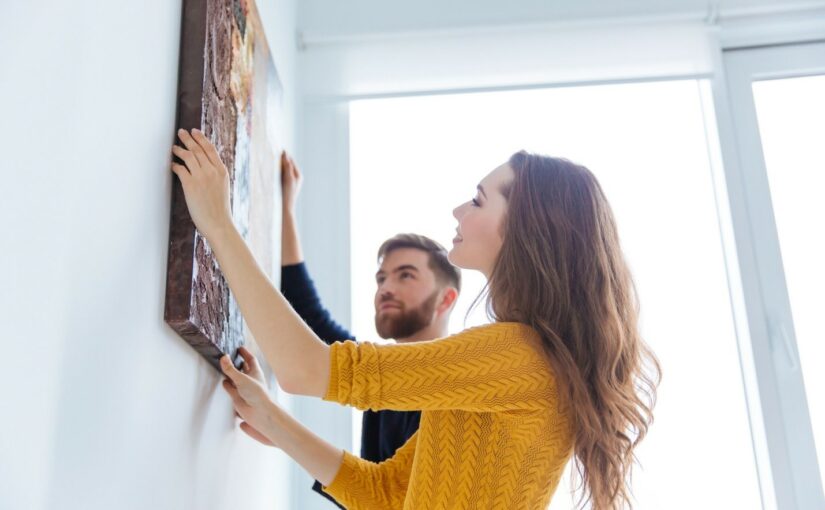Renting your first apartment can be exciting, but you must take the time to understand everything that’s involved. Signing a lease for an apartment is often the first time many experience freedom away from home. But before you sign the lease, there are a few things you should know. As a renter, you have rights, and your lease should meet your expectations to help you understand what to expect. Here’s everything you must know before signing a lease:
Condition of the Apartment
Before writing your signature on a long lease, you must ensure the state of the apartment is up to snuff. For example, you shouldn’t be expected to live in an apartment (and pay for it) with damaged or broken appliances. Most apartment managers or landlords will allow you to document any damages in the rental to ensure they fix it quickly, and you won’t be expected to pay for them when you move out.
Document everything you see because it could come back to bite you. For example, if you notice a ding on the refrigerator and don’t report it, your landlord can claim that you caused the damage and force you to pay for it. Scratches and scuff marks on walls, broken cupboards, broken appliances, and holes in walls should be reported before you move in.
Pet Policy

Believe it or not, many apartments allow pets, and the number of rentals with pet policies continues to grow. Of course, if you already have a dog, you should check the lease to ensure that pets are allowed. Additionally, you might want to live in a place that allows cats and dogs even if you don’t have one but are considering getting one. The best apartment dogs are usually small to medium-sized breeds with low barking levels or lazy personalities. However, your apartment’s pet policy may have a list of breed exclusions that are prohibited from living there.
Checking the lease before signing will help you learn the types of pets you can have, number, weight limit, and so forth to ensure you won’t incur any fees or get evicted if you have one.
Understand What You Pay For
Many apartment complexes include heat and water in the price of rent. However, some don’t. Understanding what’s included in your rent, such as heat, water, garbage pick up, electricity, and gas, can help you understand how much your apartment will truly cost you. For example, your rent might be $1000, but your utilities can cost hundreds of dollars every month. Also, make sure you know exactly the ways to pay these utilities and avoid any kind of third-party tampering that could lead to credit card fraud and headaches down the road.
In addition, your lease will state when you’re responsible for paying for repairs or replacement of appliances, snow removal, and lawn care. In most cases, these things will be included in the cost of rent, but your lease will provide you with more information about what to expect.
Consider Moving Costs
Moving costs are higher in the spring and summer because moving during those seasons is easier. No one wants to carry boxes and furniture to a moving truck in the cold winter or drive a rented truck back and forth on slippery roads. However, you can use this information to your advantage by planning a fall or winter move. During these months, rents are often cheaper because landlords want to fill vacancies, and moving companies reduce their prices to attract more customers.
Consequences for Breaking the Lease Early
Apartments can be temporary or long-term homes. Some people love living in an apartment and can’t imagine living anywhere else, while others use them as a stopgap until they can afford a home. Whatever the case, you should know the policy for breaking the lease early. For example, you might change jobs and have to move out of state or find another apartment for financial reasons. Whatever the case, breaking a lease can have financial consequences.
Many leases outline what happens if you break the lease before it expires. For example, some may require you to pay the rest of your rent upfront, while others may be more lenient depending on the reason for your breaking the lease.
Landlord Access
Most states have laws that state when a landlord or maintenance team can enter an apartment. Of course, you’re expected to have a reasonable amount of privacy, so in most cases, your landlord is required to give you notice if they plan to enter your unit. The exception to this law is emergencies. For example, if your apartment is flooding and it’s causing damage, your landlord can enter your apartment whenever. Of course, the laws vary by location, but your lease should give you more information about what you can expect.
Personalization
When you own a home, you can do whatever you want to it, including putting as many nails in the walls as you want to hang artwork, shelves for televisions, and painting the walls any color you like. However, most landlords will allow for very minimal personalizations. They want the apartment to look cohesive, so they may allow you to replace the blinds with curtains only if it’s a certain color. Additionally, you may be unable to put any holes in your walls to hang shelves. Some policies are stricter than others, allowing you to do whatever you want to the apartment as long as you change it back before moving out.
Landlords can enter your home for inspections and regular maintenance, so they’ll document any lease violations they see and allow you to correct them. However, they can evict you for not following the lease if you choose to personalize your apartment without permission.
Always Read the Lease
Leases are long, legal documents that can be tedious to read, but you must ensure you understand them. Not reading your lease before signing it is a big mistake because you don’t know what you agree to. For example, your landlord can tell you you’re not responsible for paying your gas bill, only for the lease to say something else entirely. The lease is law, and it’s the only thing courts will have as evidence if there’s ever a dispute. Therefore, reading and understanding every aspect of your lease agreement can protect you while setting expectations.
Megan Isola

Megan Isola holds a Bachelor of Science in Hospitality and a minor in Business Marketing from Cal State University Chico. She enjoys going to concerts, trying new restaurants, and hanging out with friends.

